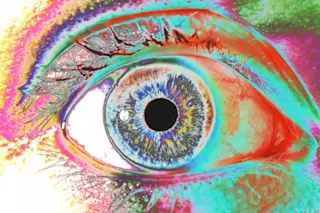The future is impossible to predict. But that's not going to stop people from trying. We can at least pretend to know where it is we want humanity to go. We hope that laws we craft, the technologies we invent, our social habits and our ways of thinking are small forces that, when combined over time, move our species towards a better existence. The question is, How will we know if we are making progress?
As a movement philosophy, transhumanism and its proponents argue for a future of ageless bodies, transcendent experiences, and extraordinary minds. Not everyone supports every aspect of transhumanism, but you'd be amazed at how neatly current political struggles and technological progress point toward a transhuman future. Transhumanism isn't just about cybernetics and robot bodies. Social and political progress must accompany the technological and biological advances for transhumanism to become a reality.
But how will we able ...














